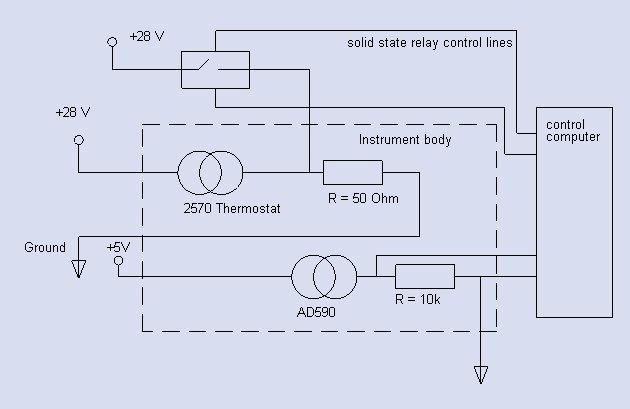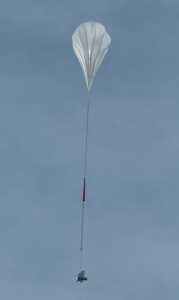
This application note focuses on the utilization of the 2570 thermal switch, which monitors the temperature of electronics within the survival heaters employed in the EBEX (E and B Experiment) astrophysical experiment. In the harsh environment of the stratosphere, where temperatures range from 0 to -40 Celsius, maintaining the operational integrity of electronic components is critical. While the primary heat control system relies on a software-controlled relay mechanism, the 2570 thermal switch serves as a backup, activating when temperatures drop below -20 Celsius. This document outlines the functionality and implementation of the 2570 thermal switch, emphasizing its role in ensuring the reliability of the EBEX experiment in extreme temperature conditions.
Since the E and B Experiment (EBEX) is a balloon-borne experiment which will be flying at low temperatures (typical range: 0 to -40 Celsius), various electronic components need to be maintained above some failure temperature, typically around -25 C. Normal heat control on EBEX is usually accomplished through the use of a negative feedback loop in which a software-controlled relay (typically a solid-state relay) opens or closes as necessary to maintain a particular temperature. The purpose of the thermostats is to act as a backup heater control in the case of the failure of the computerized temperature control system. The thermostats are set to close if the temperature drops below -20 C, allowing current to flow to the ohmic heater attached to the instrument body. We chose the 2570 thermostats because they function in the desired temperature range and can be made with the setpoints we need.
For more information about our 2570 thermal switches, click here.
E and B Experiment (EBEX) Schematic

The computer system contains an on-board DAQ which measures the temperature by reading out the voltage across the 10k resistor in series with the AD590 thermometer, which is attached to the instrument body. When the temperature drops below a programmable setpoint, the computer closes the solid-state relay, heating the instrument through the 50 Ohm resistor. The relay is turned off again once the temperature of the instrument body rises above a second programmable setpoint, which is typically 10 to 15 degrees higher than the turn-on point. During this time, the 2570 thermostat should be open, as the software setpoint is higher than the 2570 setpoint. In the case of failure of the control computer, the solid state relay will be open and the temperature is expected to drop below the 2570 setpoint, causing the thermostat to close and supply current to the 50 Ohm resistor.
Senasys manufactures a variety of snap disc thermostats that sense temperature as low as -50°F, with a variety of mounting options, our snap disc freeze protection thermostats will be a simple solution for many applications. Our temperature switches work by using a bimetal disc. The bimetal disc in the switch reacts to heat, and opens or closes a set of contacts based on what the ambient temperature is. This is works because the different metals in the disc react to heat in different ways, which causes the disc to bend.



